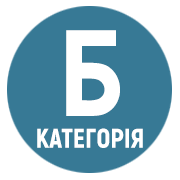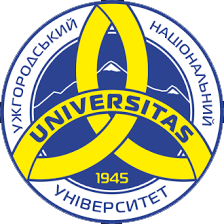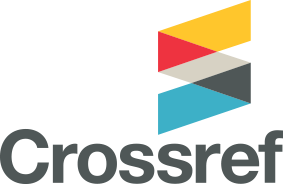PSYCHO-EMOTIONAL WELL-BEING OF TEENAGERS IN CONDITIONS OF BLENDED LEARNING
DOI:
https://doi.org/10.32782/psy-visnyk/2022.1.17Keywords:
blended learning, well-being, anxiety, students.Abstract
The article is devoted to the study of psycho-emotional well-being of students of basic education in terms of distance and full-time learning. Particular attention needs to be paid to the need to prevent the development of students’ emotional stress, which will open the possibility of developing their cognitive interest in the process of learning, taking into account the peculiarities of learning. According to scientific research, blended learning is a purposeful process of acquiring knowledge, skills, abilities in the classroom and extracurricular activities in the educational process based on the use of traditional, electronic, distance and mobile learning technologies with self-control of learners. Blended learning has its advantages and disadvantages, and it allows to realize the key tasks of modern education, in particular: to expand the educational opportunities of students, to stimulate a conscious subjective position in the learning process, to move from knowledge transfer to interactive interaction. It was found that in conditions of blended learning students respond with varying intensity to the stressful situation of changes in learning, and for most of the interviewee, anxiety remains a persistent manifestation of moderate anxiety and irritability. According to the results of statistical analysis, the differences between distance and full-time forms of learning were identified, where anxiety about school life situations appears more often in full-time learning than during distance learning. School anxiety of the subjects is characterized by: general negative emotional background in relations with teachers; negative emotional experiences of situations related to the need for self-disclosure and self-realization; particularly acute is the anxiety associated with situations of testing (especially public) knowledge, achievements and opportunities. There are direct correlations between situational anxiety and components of teenagers’ school anxiety, including fear of testing, problems with teachers, and fear of not meeting the expectations of others.
References
Кадемія М.Ю. Використання змішаної технології навчання у дистанційній освіті. Сучасні інформаційні технології та інноваційні методики навчання в підготовці фахівців: методологія, теорія, досвід, проблеми. Київ-Вінниця, 2016. Вип. 44. С. 330-333.
Кухаренко В.М. Теорія та практика змішаного навчання: монографія. Харків: Міськдрук, НТУ «ХПІ», 2016. 284 с.
Психологу для роботи. Діагностичні методики : збірник /уклад.: М.В. Лемак, В.Ю. Петрище. Ужгород : Видавництво Олександри Гаркуші, 2012. 616 с.
Собченко Т.М. Змішане навчання: поняття та завдання. Педагогіка формування творчої особистості у вищій і загальноосвітній школах. 2021. Вип. 75, Т 3. С. 73-76.
Технологія змішаного навчання в системі відкритої післядипломної освіти: підручник /за заг. ред. В.В. Олійника, ред. кол.: С.П. Касьян, Л.Л. Ляхоцька, Л. В. Бондаренко; ДВНЗ «Ун-т менедж. освіти». Київ, 2019. 196 с
Ткачук Г. Аналіз та особливості впровадження моделей змішаного навчання в освітній процес закладу вищої освіти. Наукові записки Тернопільського національного педагогічного університету ім. Володимира Гнатюка. Серія: педагогіка. 2018. № 3. С. 28-36.
Dushkevych M., Barabashchuk H, Hutsuliak N. Peculiarities of student distance learning in emergency situation condition. Revista Romaneasca pentru Educatie Multidimensionala12 (1Sup2). 2020. рр.71-77.
Graham C. Blended learning systems: Definition,current trends, and future directions. http://curtbonk.com/graham_ intro.pdf
Horn M, Staker H. Blended: Using disruptive innovation to improve schools. San Francisco: JosseyBass, 2015. 333 p.
Lalima K.L.D. Blended Learning an Innovative Approach. Universal Journal of Educational Research. 2017. Vol. 5(1), pp. 129-136







